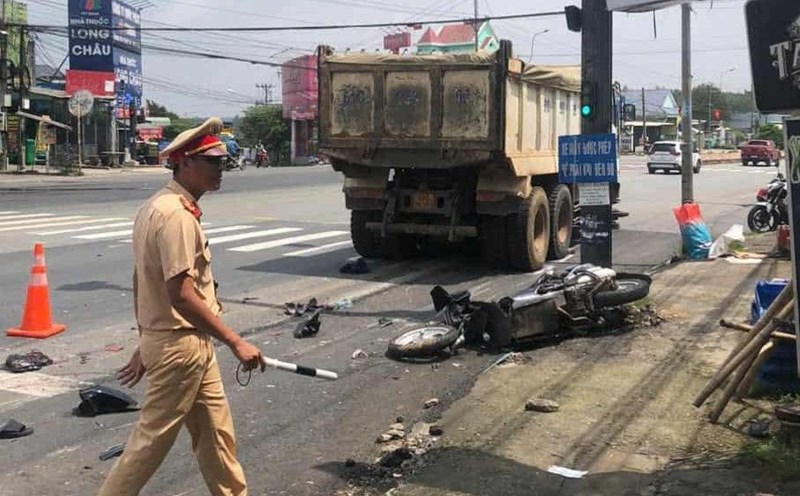Roadmap for automobile emission inspection in circulation Draft Regulations on roadmap for applying emission standards to automobiles developed by the Ministry of Agriculture and Environment, automobiles manufactured from 2017 onwards will have to undergo emission inspection from January 1, 2026.
However, Hanoi and Ho Chi Minh City may adopt this roadmap earlier and require vehicles that meet more stringent emission standards than other regions. Cars manufactured from 2017 will have to meet level 4 emission standards from January 1, 2026 and cars manufactured from 2022 will have to meet level 5 standards from January 1, 2027.
Member of the Party Central Committee, Deputy Prime Minister Tran Hong Ha has requested the early application of this regulation in Hanoi and Ho Chi Minh City, especially in key areas of the two cities. This is to reduce vehicles that pollute the air, create a clean living environment for people and minimize negative impacts on public health. The Government also emphasized the need to apply strong measures to control pollution in the coming years.
Transport units proactively switch to electric vehicles
Speaking to Lao Dong Newspaper, Mr. Nguyen Van Quyen - Chairman of the Vietnam Automobile Transport Association - said that recently, nearly 20 transport units in Hanoi and Ho Chi Minh City have proactively counted their vehicles to prepare for the inspection of automobile emissions.
Mr. Quyen himself strongly supports the application of vehicle emissions, especially in big cities such as Hanoi and Ho Chi Minh City. This will contribute to reducing pollution, ensuring a cleaner living environment, and at the same time encouraging businesses to pioneer green transformation.
From a business perspective, in recent times, many transport units have proactively switched to green from gasoline-powered cars to electric cars.
Mai Linh Group has signed a cooperation agreement with Xanh SM to invest in 3,999 VinFast electric vehicles in 2025. These electric vehicles will gradually replace gasoline vehicles, contributing to reducing emissions, while reducing maintenance and fuel costs for transport units. G7 Taxi Company has also purchased 899 genuine white VinFast VF 5s to deploy green taxi services in major cities until the end of 2025.
This transformation not only helps businesses comply with emission regulations but also creates a competitive advantage in the context of more and more customers prioritizing the use of environmentally friendly vehicles. That is also a way for transportation businesses to minimize negative impacts from environmental regulations, while aiming for sustainable development.
Applying an early emission roadmap not only helps Hanoi and Ho Chi Minh City improve air quality but also creates momentum to promote the development of the transportation industry.
According to statistics, cars are one of the major sources of air pollution in big cities, especially in areas with high traffic density such as the center of Hanoi. If the emission roadmap is implemented on schedule, Hanoi will witness a clear change in air quality, contributing to protecting people's health.
In addition, switching to green vehicles, such as electric vehicles, will help reduce the burden on transport infrastructure and encourage businesses to invest in clean technology. This is also in line with the global trend of sustainable transportation development and environmental protection.
The early application of the roadmap for determining the emissions of cars in circulation in Hanoi is an important decision to protect the environment and improve air quality. With the preparation of transportation businesses and support from the Government and Hanoi, Ho Chi Minh City can completely become a model in implementing environmental protection measures, towards green and sustainable transportation.









